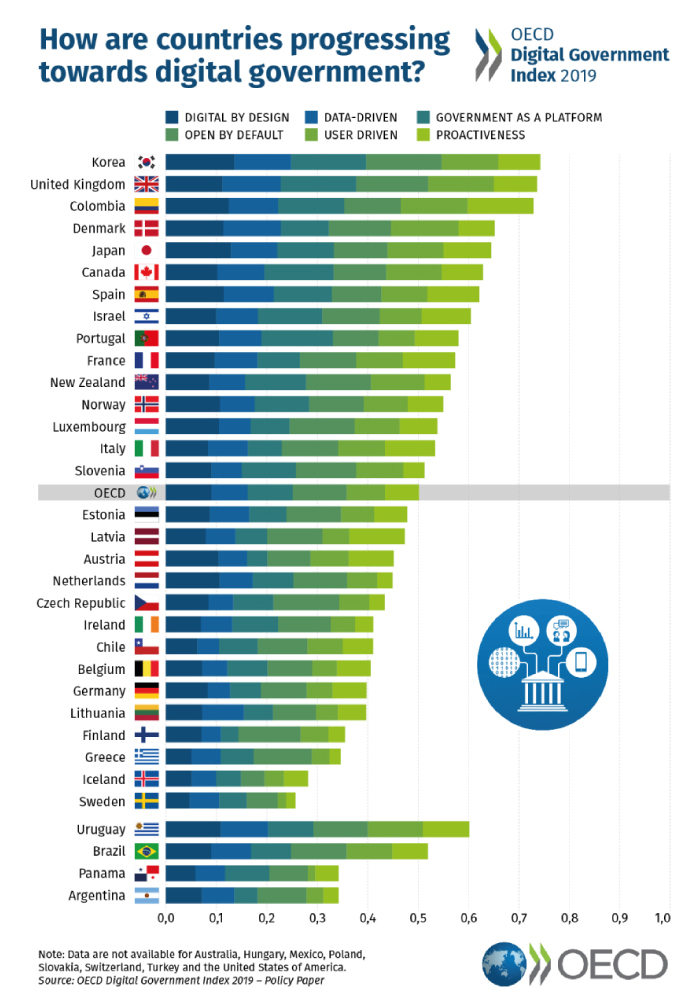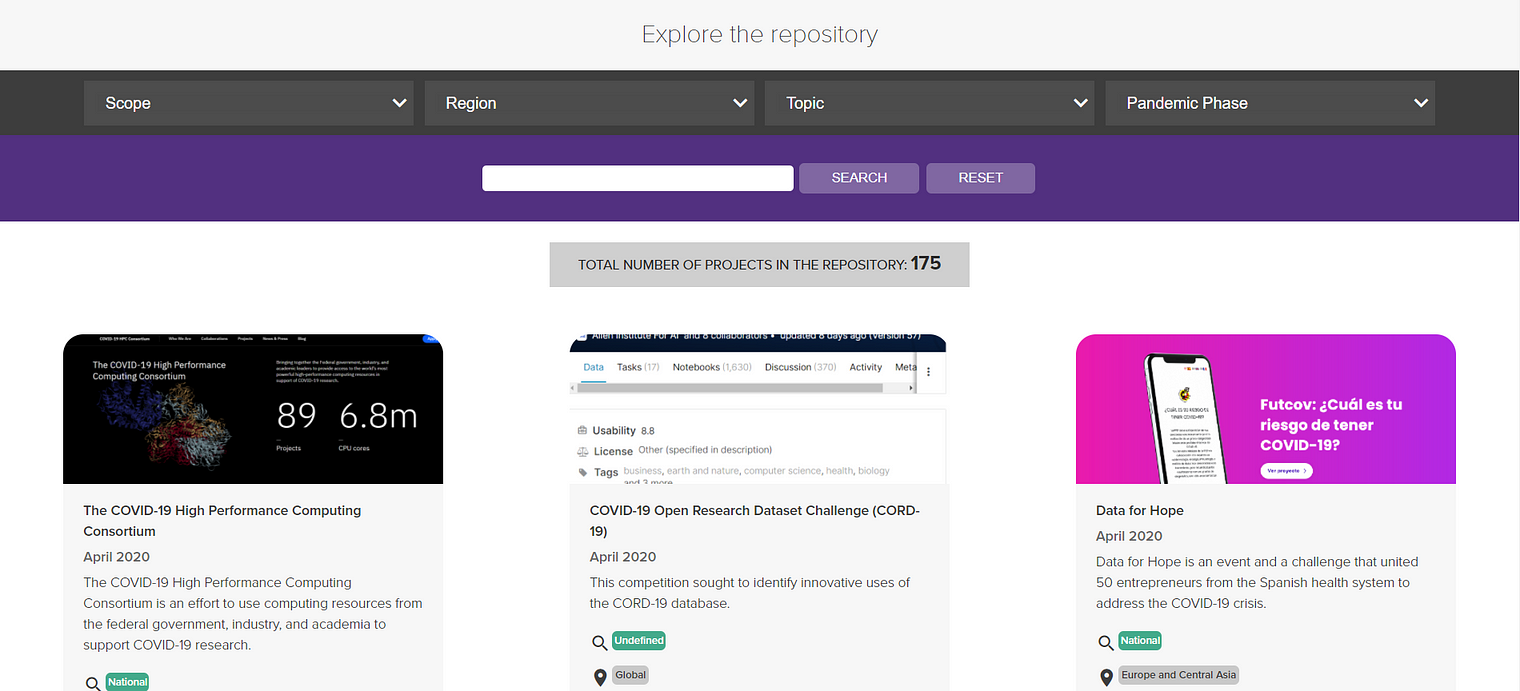Bertelsmann Stiftung: “When launching the first edition of this report, we decided to call it “Automating Society”, as ADM systems in Europe were mostly new, experimental, and unmapped – and, above all, the exception rather than the norm.
This situation has changed rapidly. As clearly shown by over 100 use cases of automated decision-making systems in 16 European countries, which have been compiled by a research network for the 2020 edition of the Automating Society report by Bertelsmann Stiftung and AlgorithmWatch. The report shows: Even though algorithmic systems are increasingly being used by public administration and private companies, there is still a lack of transparency, oversight and competence.
The stubborn opacity surrounding the ever-increasing use of ADM systems has made it all the more urgent that we continue to increase our efforts. Therefore, we have added four countries (Estonia, Greece, Portugal, and Switzerland) to the 12 we already analyzed in the previous edition of this report, bringing the total to 16 countries. While far from exhaustive, this allows us to provide a broader picture of the ADM scenario in Europe. Considering the impact these systems may have on everyday life, and how profoundly they challenge our intuitions – if not our norms and rules – about the relationship between democratic governance and automation, we believe this is an essential endeavor….(More)”.


